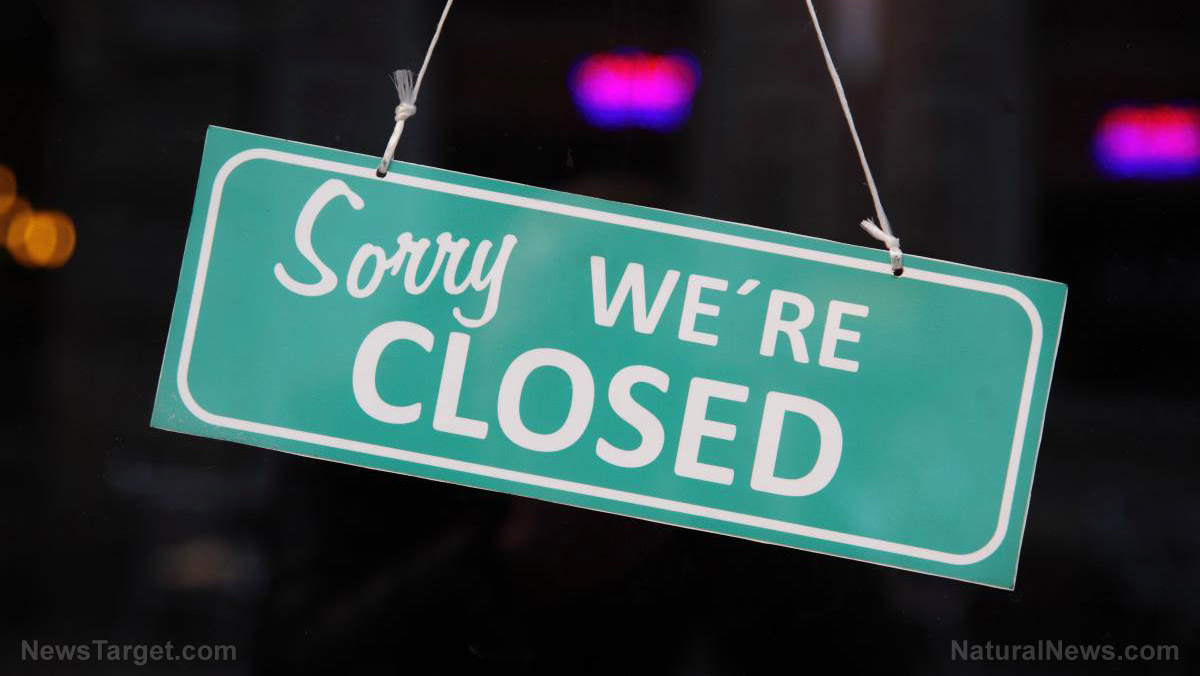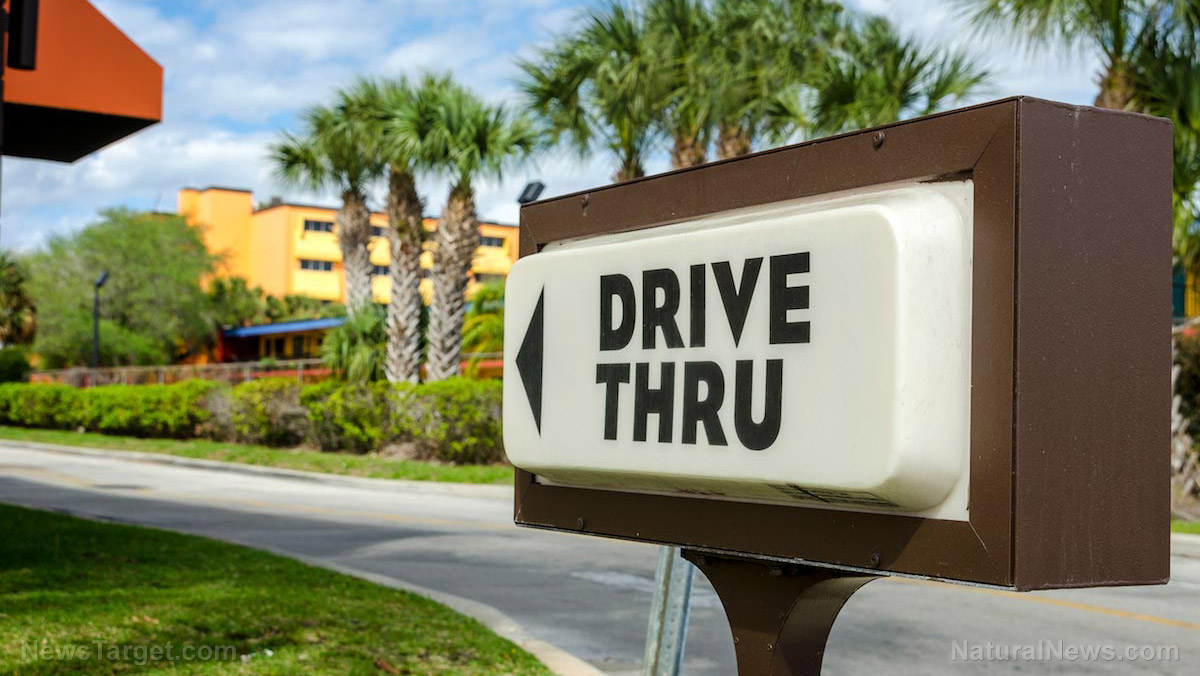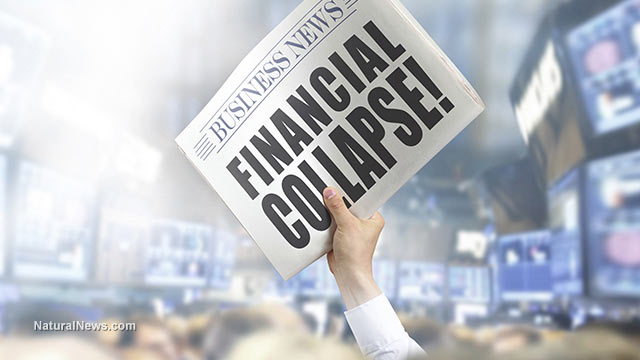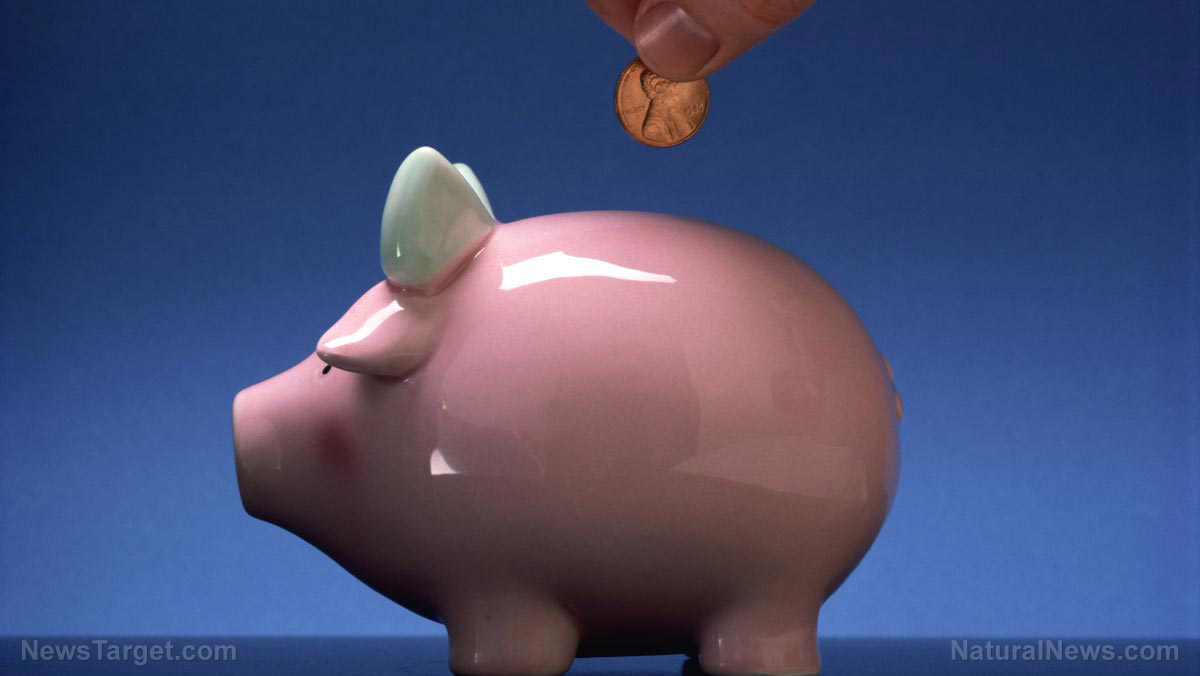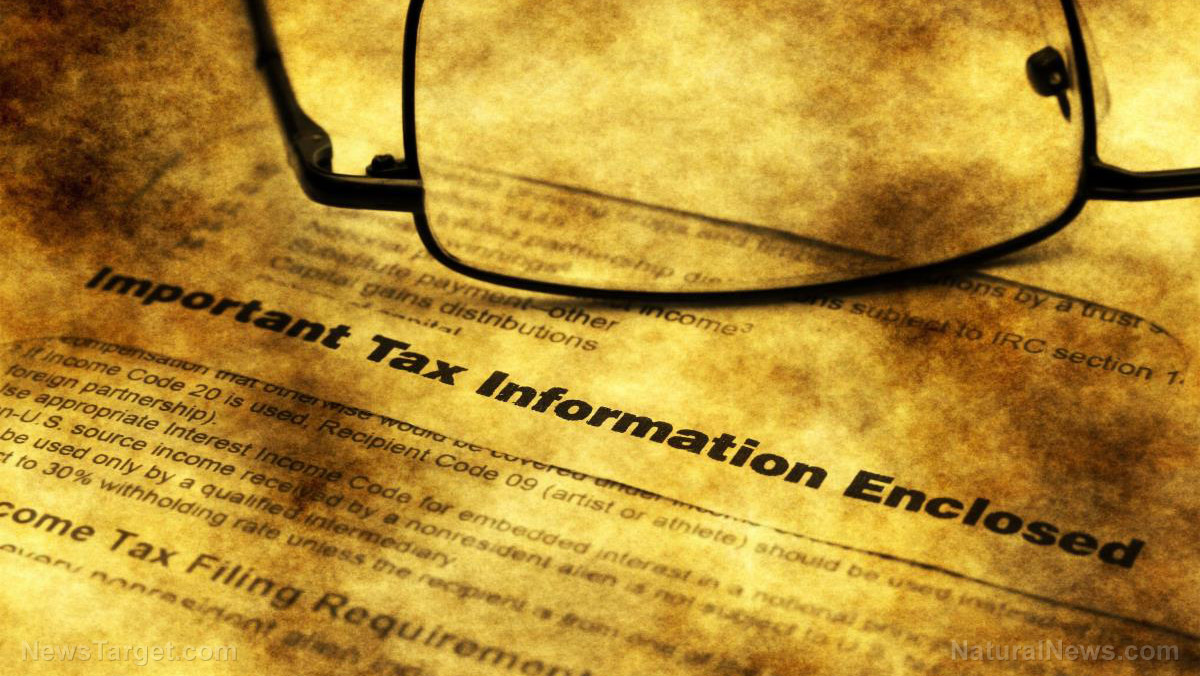American consumers are spending less as worsening inflation continues to batter households
06/27/2024 / By Belle Carter

Consumers have been more cautious about spending in recent months as they grapple with the soaring cost of living that continues to batter American households, for a few years now.
According to new data provided by the Commerce Department, retail sales in May rose only 0.1 percent, falling short of Dow Jones’ expectations of a 0.3 percent rise. April’s figure was revised to show a -0.2 percent decline in retail sales. The sales number was worse when excluding autos, with a decline of 0.1 percent against the estimate for a 0.2 percent increase. (Related: Inflation comes roaring back as Bidenomics harms American households.)
Fluctuating gas prices hurt receipts at gas stations, which reported a 2.2 percent monthly decline while bars and restaurants saw a 0.4 percent decline. Furniture and home furnishing stores also reported a 1.1 percent drop. Stock market futures were around flat following the report while Treasury yields declined.
Martin Armstong of Armstrong Economics said that American consumers spend more on less. “Yet as with every private wave, confidence declines and people begin to hoard. Hoarding is not an option for the average American who lives paycheck to paycheck,” he said. He also reported that credit card debt is on the rise, increasing by $85.8 billion in the fourth quarter of 2022 alone. The average American household has about $10,000 in credit card debt, marking an 8.9 percent year-on-year increase.
As the U.S. faces $1 trillion in credit card debt due to rising annual percentage rates and inflation, credit card debt rose $250 billion in the past two years despite nosediving consumer spending, as reported by the Federal Reserve. Separate studies have found that 46 percent of Americans cannot keep up with their monthly credit card payments.
President Joe Biden’s administration has been standing firm in its narrative that inflation has been cooling down. But the truth is inflation continues to “paralyze” everyone’s wallets as spending is showing signs of weakening. Consumers have been under pressure from rising prices for more than two years. Consumer spending is responsible for about two-thirds of all economic activity, so any weakness could signal a retrenchment in growth while also pushing the Fed to begin cutting interest rates.
“The ‘rich’ are experiencing higher rates of credit card delinquencies than ever before. Delinquencies across all tax brackets are exceeding pre-pandemic levels and the central bank has called this a trend that is now accelerating,” Armstrong wrote, adding that the delinquencies will eventually fall on the banks who are already experiencing a liquidity crisis. He further noted that surveys show that Americans are relying on credit more so now than ever before.
Bidenomics’ deficit spending makes inflation a constant in Americans’ lives
Nobel-winning economist Friedrich Von Hayek wrote in 1960 that “inflations are engineered by governments for the gain of governments” and the Hill‘s opinion contributor Kevin Cochrane believes this was applied with Bidenomics.
During the past three or so years, consumers have seen the cost of ordinary purchases increase by more than 15 percent due to inflation, which is an additional expense of $9,000 per year for the average household.
When compared to the years when former President Donald Trump was in office, the Consumer Price Index (CPI) saw a one percent increase. Critics may argue that the deflationary impact of the Wuhan coronavirus (COVID-19) messed up this figure, but even excluding it, the overall price level would have only risen by about 2.5 percent. With Biden, deficit spending by the government has surged by over 40 percent as the Treasury runs a deficit when the amount it spends exceeds the amount it collects in taxes. The difference is borrowed by selling bonds.
According to Cochrane, the macroeconomy is one giant circular flow. “Your wages cost your employer some of her profits, but they become another’s profits when you buy something. Banks intervene in this flow by taking what you don’t spend on things and loaning it to others to buy things. It is all pretty stable until the government steps in and starts spending money it doesn’t have. The result is inflation,” he explained.
He further said that when the government engages in deficit spending, an imbalance arises. More money is spent than the goods being produced. The difference is the inflationary increase in the price level.
In March 2021, Biden signed the American Rescue Plan Act which involved a $2 trillion boondoggle. In the twelve months following its signing, personal income increased by 3.7 percent while worker productivity (output per hour) decreased by 1.5 percent. Adding those together we get a delta of 5.2 percent. During that same period, inflation increased by 5.3 percent. However, the Biden administration denied this and set out a rhetoric that it was the greedy corporations that are causing inflation.
He also cited how products at Walmart cost more today than they did four years ago. “But that doesn’t tell us whether those price increases are a cause or an effect of inflation. The way we have to think about it is to question whether Walmart is making more money today than in the past, adjusting for inflation,” he said.
During the Trump era, the retail giant returned a cumulative average of 18 percent per year on its investment. But under the incumbent president, it returned the exact same 18 percent. “It’s not greedy corporations. It’s not wages rising more slowly than productivity. Rather, it’s the government causing inflation through deficit spending,” he concluded.
Check out Collapse.news for more updates on the collapsing U.S. economy under Biden’s administration.
Sources for this article include:
Submit a correction >>
Tagged Under:
big government, boondoggle, Bubble, Collapse, conspiracy, cost of living, CPI, debt bomb, debt collapse, deception, deficit spending, dollar demise, economic riot, economy, financial collapse, GDP, greedy corporations, income, Inflation, Joe Biden, lies, macroeconomics, money supply, pensions, propaganda, retail sales, risk, spending, Trump, Walmart
This article may contain statements that reflect the opinion of the author
RECENT NEWS & ARTICLES
COPYRIGHT © 2017 PENSIONS.NEWS
All content posted on this site is protected under Free Speech. Pensions.news is not responsible for content written by contributing authors. The information on this site is provided for educational and entertainment purposes only. It is not intended as a substitute for professional advice of any kind. Pensions.news assumes no responsibility for the use or misuse of this material. All trademarks, registered trademarks and service marks mentioned on this site are the property of their respective owners.








